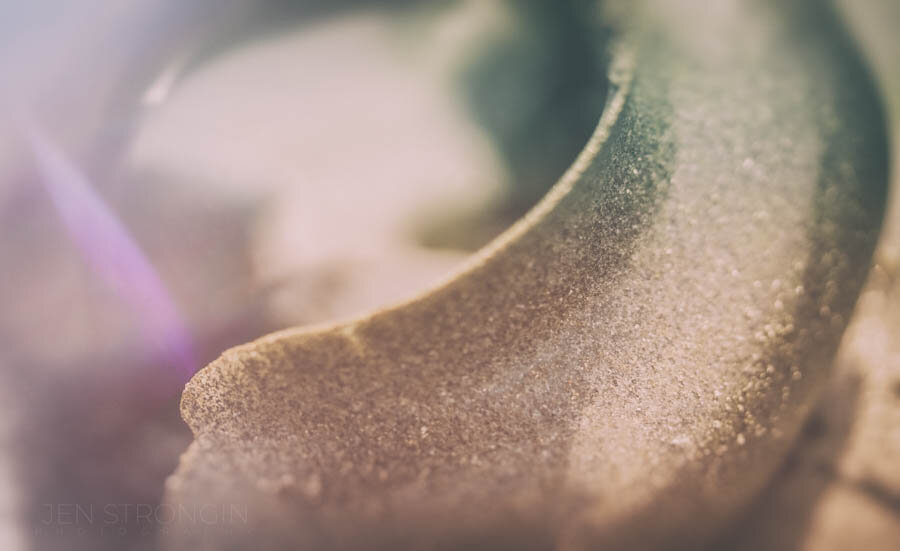The morning started with the surfacing of a baleen whale, most likely a gray whale, about 100 ft offshore in downtown Seattle. Being at the Olympic Sculpture Park Pocket Beach, I am always reminded of the connection between our urban city and the wilds of the Salish sea. We share this life together, these two very different worlds.
Blood Star in downtown Seattle
This little pocket beach is my favorite underdog. It isn’t glamorous. It isn’t big. It is a little hidden, so many people walk right by. When the tide is up, it is a good place to sit and admire the water, the mountains and the comings and going of boats. But when the tide is out, there is a whole other world to explore.
Ochre Star in downtown Seattle
You will see sea cucumbers, sea stars, crabs, snails and chitons. Maybe a nudibranch, anemone or jellyfish. And the seaweeds..they are stunning.
Lined chiton homing on a discarded coconut shell in downtown Seattle
Sea lemon nudibranch in downtown Seattle
Purple encrusting sponge in downtown Seattle
Hairy crab in downtown Seattle
Spiny pink scallop in downtown Seattle
If you find yourself downtown Seattle on a low tide, make sure to visit the Olympic Sculpture Park pocket beach..you never know what discoveries await!




































